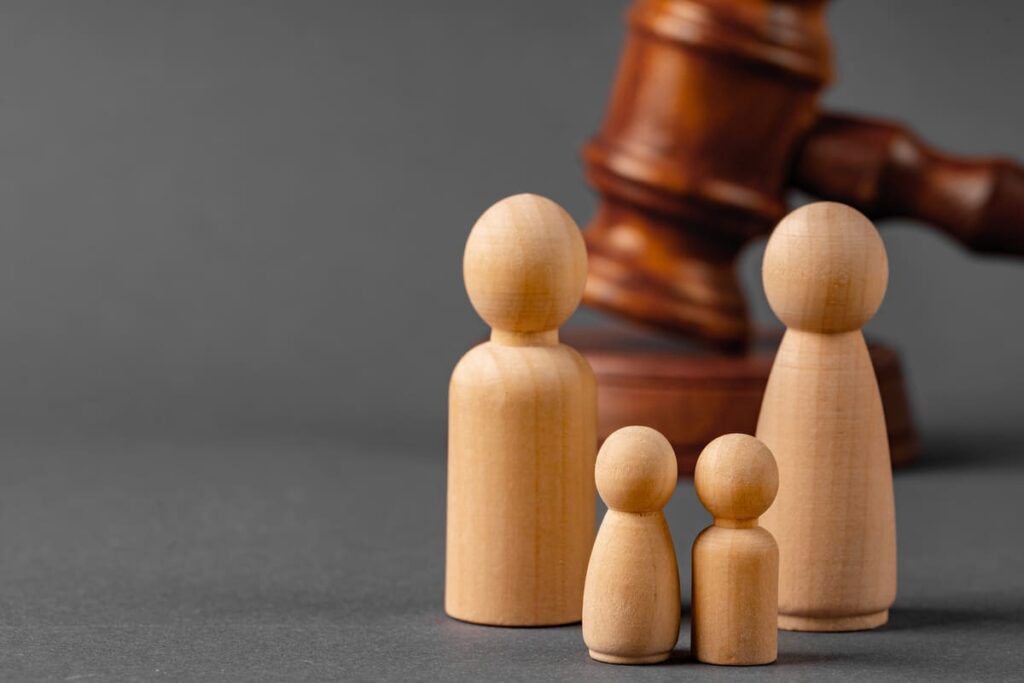The timeframe after a family member dies, usually is confusing and traumatic with family members and friends having to act quickly in planning a funeral, paying bills, taking care of pets, etc. As the family members navigate through these tasks, they often realize they need access to important documents, like an estate plan that had been (hopefully) prepared by decedent before he/she died and often times these documents are located in a safe deposit box. The question arises, how does a person gain access to a safe deposit box after the person who owned it has died?
California Probate Code 331 controls access to a safe deposit box after the death of decedent. If the decedent owned the safe deposit box with a spouse or another person, then that person will have access to it. If the decedent was the only person on title to the box, then any person who has a key to the safe deposit box can access it as long as they provide the financial institution with the following:
- Proof of decedent’s death
- Proof of the identity of the person seeking access
A personal representative or successor trustee of the decedent’s estate shall also have access to the safe deposit box as long as they show the financial institution a copy of the estate planning document that reflects they are the executor/successor trustee of the estate.
Depending on the circumstances, a safe deposit box may or may not be the best place to store your originals of your estate planning documents, especially on the limitations that California places on access to safe deposit boxes after death.



